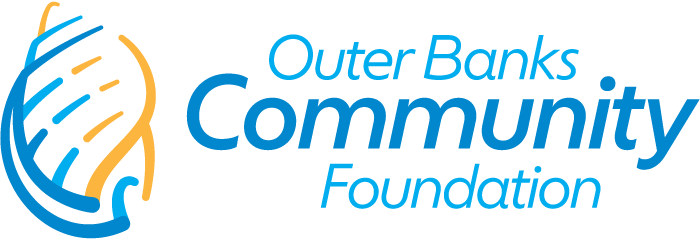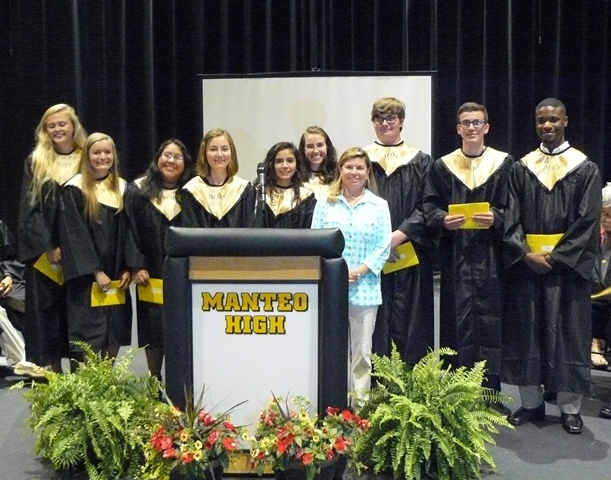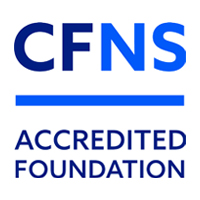Community Scholarships: How Can We Do the Most Good
By Lorelei Costa
Note: This article first appeared in the February 6, 2019 edition of the Outer Banks Sentinel.
It happens every spring in Dare County, at the end of each school year.
The community gathers at each local high school—dozens of businesses, families, civic groups, and churches—with the graduating senior class. Community leaders stand at a podium, one by one, and begin to call students’ names.
I’m describing Scholarship Night, and in case you haven’t seen it, let me tell you: our local scholarship programs are a stunning display of community generosity. The smiles, the tears, the pride—Scholarship Night is truly inspiring.
Last year, in the course of just three evenings, our community bestowed $500,000 in scholarships to our Dare County seniors. That’s counting just the local dollars from our own community; that doesn’t include Pell grants or any of the money given by universities or colleges. As far as I can tell, scholarships are the largest act of philanthropy, dollar-wise, in the Outer Banks in any given year.
As the director of the Outer Banks Community Foundation, I am privileged and humbled to participate in local scholarships each year. The Community Foundation is the largest and most diverse scholarship provider in Dare County (we also have scholarships for Currituck and Ocracoke), with over 50 different scholarship endowments, and anywhere from 50 to 100 student recipients each year.
Not all of our scholarships are for four-year institutions; many are earmarked for community colleges, trade and vocational programs, and continuing education.
The Community Foundation is just one of many local groups helping students pay for college. Scholarships are truly the entire community coming together to help our young people achieve their dreams and start off in the world.
So, is it enough? Do we do enough for our students?
$500,000 is an incredible amount from a community our size—but I cannot pretend that we’re meeting the need.
Consider this: across North Carolina, the average student loan debt upon college graduation is over $26,000 per student, according to the Institute for College Access and Success.
Each year about 175 graduating seniors from Dare County head to a four-year school. Multiply that by the average debt in North Carolina: our young people are graduating college collectively owing $4.5 million in loans.
College debt is certainly not unique to the Outer Banks or to North Carolina. Across our country, 44 million Americans owe $1.5 trillion in outstanding student loans, according to the Federal Reserve. What’s most shocking is how quickly that’s growing. The national student loan debt was less than a $500 million in 2006. In other words, our student loan debt has tripled in less than 15 years. How did that even happen?
If you want to get riled up, read “Buried in Debt,” a 2018 study that analyzes survey data from 7,095 adult Americans with outstanding student loans. A growing number of young Americans are delaying or foregoing home ownership, marriage, starting a family, even retirement, because of debilitating student debt. The domino effect on our national economy is mind-blowing.
Our little community is amazingly generous in trying to protect our students from debt, yet the cost of college is outpacing our fundraising. So how can we do the most good with the scholarships we give? I ponder this question constantly, and I have a few humble suggestions.
Most local scholarships are one-time awards of $1,000 or less, and while $1,000 is very generous, these days that hardly pays for college textbooks.
Meanwhile, scholarships are a lot of work—both for the giver (creating an application, selecting students, writing checks), as well as for our high school faculty (coordinating the program, collating transcripts, writing letters of recommendation). Perhaps our community’s smaller scholarships could amplify impact and achieve some economies of scale by working together, pooling funds, utilizing a common application, and making larger, more significant awards.
I’d also like to make a case for renewable scholarships. The majority of our local scholarships are one-year only, which means that our kids are entering college with great financial backing in year one, only to be high and dry for the last three years of school.
It’s not just local scholarships that run out after a year; many colleges and universities “front-load” their merit-based aid in year one to attract the best possible freshman class, only to reduce or eliminate the aid in subsequent years. This is troubling because many students select their colleges based on financial aid packages, without realizing that university aid may decrease after a year. I have seen with our scholarship recipients first-hand, and it’s a trend that is becoming well-documented by US News World Report and others.
As local scholarship providers, we can do the most good by helping our students when they need us most, in the subsequent years of college, by making our local scholarships renewable.
As a parent of a high school junior, these numbers and trends keep me up at night. But then I remember everything that we are doing as a community: $500,000 each year for our students. Collectively, we are eliminating roughly 20% of our local students’ loans. That’s not too bad.
We are making a difference. What a testament, not only to the benevolent spirit of our community, but also to the value we place on education and on our young people. Come witness it on Scholarship Night, and get involved by giving back.
The Outer Banks Community Foundation’s Scholarship Application opens on Monday, February 25. The deadline to apply is Sunday, March 31. Click here to apply.





